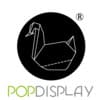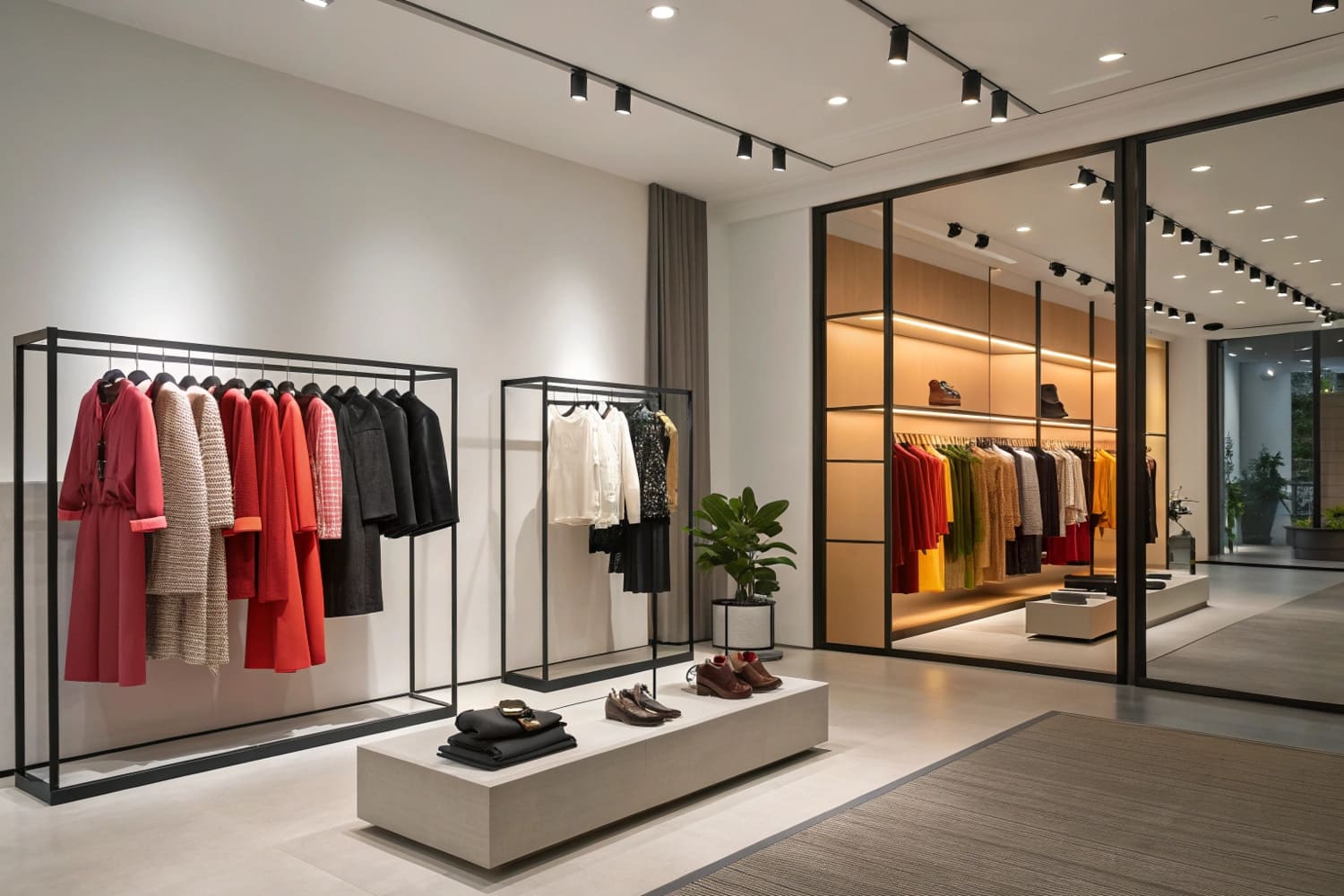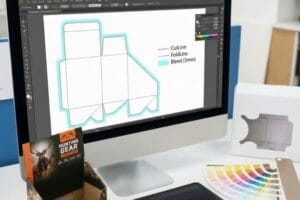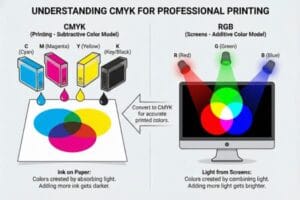I meet shoppers who rush. I meet buyers who scan. A good display helps. A great display stops feet. It sparks interest fast. It wins a cart.
Turn a good display into a great one by aligning one hero product, one clear message, and one action; use eye-level placement, clean blocking, bold price cues, sustainable materials, fast assembly design, and proof-tested strength to avoid damage and keep stock full and shoppable.
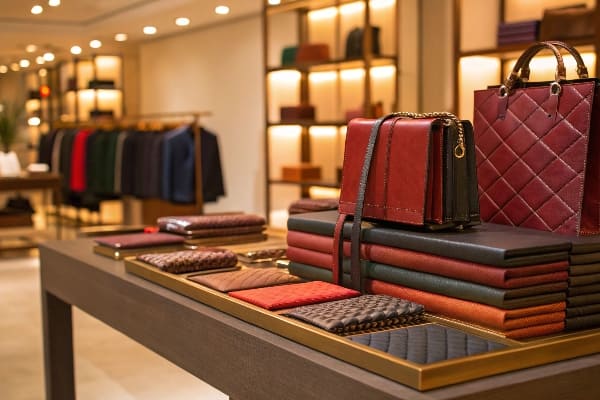
I know you want simple moves that work now. I will give steps that I use in my own projects. I will show what to fix first. I will share a few hard lessons.
How do I make a good shop display?
Shoppers move fast. They judge in seconds. A messy shelf loses trust. A clear story wins. I use a short path: pick a hero, cut noise, and guide hands.
Pick one hero product, one headline, and one price; set eye-level blocks, keep three facings minimum, use color contrast for speed, place a clear call-to-action, test assembly time, and check stock twice daily.
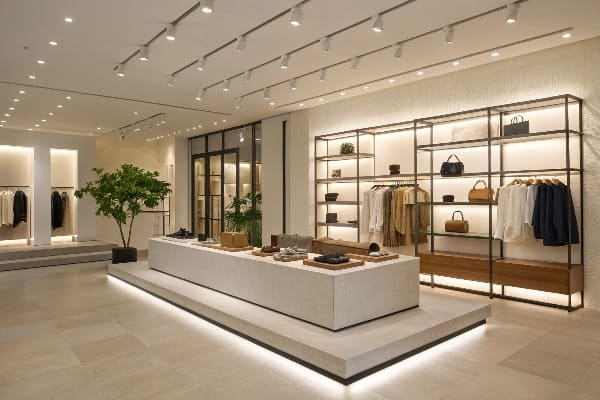
What good looks like, step by step
I keep my process tight because teams change and deadlines slip. I start with focus. I choose one hero SKU or one hero bundle. I write a six-word headline that anyone can read from two meters. I add a price cue or a simple claim. I avoid long taglines. I never stack too much copy.
I set the display at eye level if the form allows. For floor units, I keep the grab zone from knee to chest height. I block colors. I group by size. I keep three facings per SKU so the shelf looks full. I put the top seller on the right side because many shoppers scan left to right and end on the right.
I choose materials that match the life of the campaign. For short runs, I use corrugated board with a strong E or B flute. For wet or high-traffic zones, I add a nano coating to resist scuffs and splash. I keep the pack flat and the assembly under five minutes. I include a QR code for install video. I pressure-test a sample for load and drop. I run a quick “bump” test with a cart.
I plan the daily check. A good display dies when stock runs low. I post a simple checklist on the back panel. I train staff to front-face and refill at set hours. I track damage and fix weak joints in the next batch.
| Step | What I do | Why it works |
|---|---|---|
| Hero focus1 | One SKU, one message | Cuts choice overload |
| Eye-level | Chest-to-eye zone | Faster recognition |
| Three facings | Min 3 per SKU | Perceived popularity |
| Bold price | Big, clean digits | Speeds decisions |
| Flat-pack design | <5 min assembly | Lower labor cost |
| Nano coat (optional) | Scuff and splash protection | Longer life |
| Daily refill2 | Simple checklist | Prevents “empty” look |
What makes a retail store stand out?
Many stores carry the same brands. So the stage matters. A store stands out when the journey feels easy and fresh. Clear stories and smooth flow do the heavy lifting.
A standout store uses clear sightlines, strong focal zones, fast wayfinding, sensory consistency, and seasonal stories; it reduces friction at touchpoints, highlights value fast, and keeps the environment clean, bright, and easy to navigate.
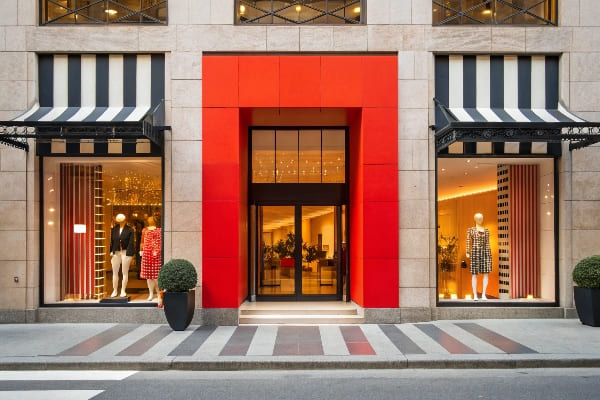
Build focal zones and remove friction
I look at the first five seconds after entry. I clear the “decompression zone.” I do not stack signs there. I let eyes adjust. Ten steps in, I place a focal zone. This is where a floor display or a pallet display performs. It tells a current story: new, limited, or best value.
I keep sightlines open. I choose display heights that do not block the store view. I place feature tables and floor POP where traffic converges. I use contrasting color and large typography to stop the scroll of the eye. I keep copy short. I use one promise, one proof.
I make wayfinding simple. I number aisles. I color-code sections. I add small “You are here” dots on endcap headers in large stores. I make price labels honest and legible. I show value ladders: good, better, best. I use QR for deeper details to keep the board clean.
Sustainability also stands out now. I mark recycled content. I use water-based inks and low-VOC glue. I add a tiny icon that explains how to recycle the unit. I do not lecture. I make the choice feel easy and normal.
I revisit the plan monthly. Seasons change. I update graphics with digital print for speed. I rotate stories by week in high-traffic chains. I keep some fixtures modular so I can swap headers and trays fast.
| Element | Tactic | Result |
|---|---|---|
| Decompression zone | Keep empty, no signs | Lower cognitive load |
| Focal zone3 | Floor or pallet display | Fast attention |
| Wayfinding | Simple labels, color code | Less search time |
| Value ladder | Good/Better/Best | Clear choice |
| Sustainable cues4 | Recycled, water-based inks | Trust and brand lift |
| Modular graphics | Swap headers fast | Fresh look, lower cost |
What are the four elements of display?
When I teach new staff, I use four simple buckets. These keep a team aligned. They turn opinions into a checklist and save time in reviews.
The four elements are Product, Visual, Structure, and Operations; choose the right product mix, craft simple visuals, engineer strong structure, and run clean operations for stock, setup, and sustain.
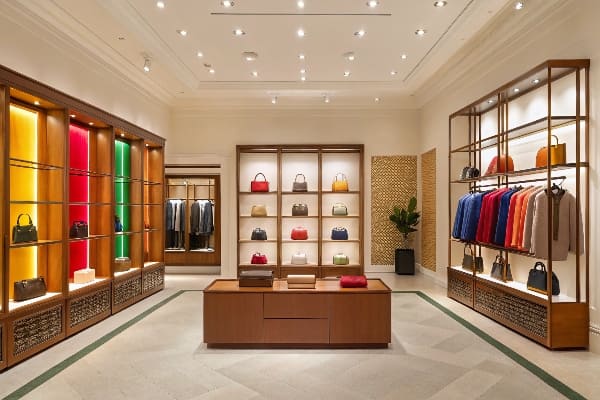
The four I use in every project
Product. I pick the right mix for the goal. I anchor on a hero SKU and use support SKUs that solve a clear need. For hunting or outdoor tools, I show the crossbow hero with key accessories like bolts, wax, and cases. I keep bundles simple. I align counts to standard case packs to reduce partial boxes and messy bays.
Visual5. I design for speed. I use high-contrast color and one big image. I write a headline that is plain and direct. I show one proof badge, like “5-year warranty” or “100% recycled board.” I keep the CTA short: “Grab and go,” “Try new,” or “Save now.”
Structure. I choose corrugated grade that matches load and life. I test with real product weight. I reinforce stress points with locks or double walls. I use tab-and-slot joints that snap without tools. I make the base stable. I ensure the center of gravity stays within the footprint.
Operations6. I plan the full path. I design flat-pack cartons that cube out pallets well. I write a one-page assembly guide with clear photos. I add labels on each part. I define a refill plan with a tiny back-panel chart. I plan end-of-life with a recycle route.
| Element | Key Decisions | Common Failure |
|---|---|---|
| Product | Hero + simple bundle | Too many SKUs |
| Visual | Big contrast, short copy | Tiny fonts, clutter |
| Structure | Right flute, reinforced joints | Sag, lean, tear |
| Operations | Flat-pack, clear guide, refill plan | Slow builds, empty shelves |
How to make a great display?
A great display feels simple. It looks strong. It tells a short story. It survives real retail. It moves product. It respects time and cost.
Make it great by testing in the real world: validate message clarity in 5 seconds, run load and drop tests, time the assembly, check shoppability, and track sales lift; then iterate fast.
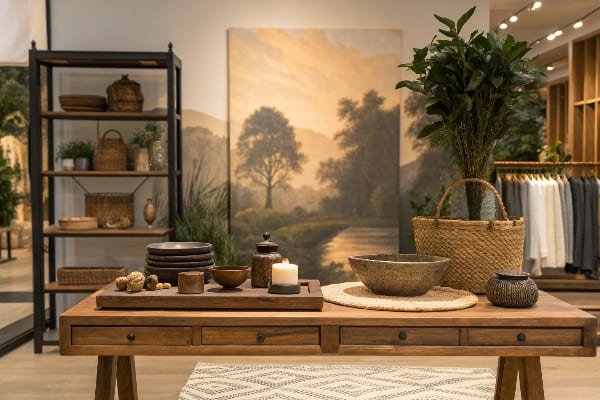
Test, measure, and iterate like a pro
I run a “5-second read7” test. I stand two meters away. I ask a person to read the headline and say what to do next. If they stumble, I rewrite. I remove extra words. I make the number or claim big. I keep the background simple.
I test strength. I load the trays with 1.5× the target weight. I leave it for 48 hours. I look for sag or lean. I bump the unit with a cart at a slow pace. I watch joints and corners. If I see crush at the front lip, I add a small front rail or change the die line.
I time the build. I give the kit to someone new. I ask them to assemble without help. I set a timer. If they take more than five minutes for a floor unit, I simplify. I print part labels. I add arrows for “This side up.” I add a QR link to a 60-second video.
I plan real store fit. I check aisle width and planogram rules. Some chains allow only pallet displays in main aisles. Some need a safety toe-kick. I adjust the footprint or height. I make sure the display does not block key fixtures or fire lines.
I measure results. I log baseline sales8 for two weeks. I launch the display in matched stores. I track lift week by week. I note out-of-stocks and damages. I tweak the copy or the shelf count. I switch to digital print if I need fast changes. I move toward recycled content when the story fits. I state the percent on the header and keep it true.
| Test | Method | Success Signal |
|---|---|---|
| 5-second read | Two-meter headline check | Clear action stated |
| Load & drop | 1.5× load, 48h, bump | No sag, no tear |
| Assembly time | New user, timed | <5 min floor unit |
| Store fit | Aisle check, policy review | Compliance, good flow |
| Sales lift | Baseline vs test stores | +15–30% hero SKU |
Conclusion
Great displays stay simple, strong, and honest. They guide fast. They look fresh. They sell well. They are easy to build. They are easy to keep full.
Understanding hero focus can enhance your display strategy, making it more effective and appealing to customers. ↩
A daily refill system is crucial for maintaining an attractive display; learn best practices to keep your products visible and appealing. ↩
Understanding focal zones can enhance your retail strategy, improving customer engagement and sales. ↩
Explore effective ways to incorporate sustainability in your retail space, boosting brand trust and customer loyalty. ↩
Explore this link to discover effective visual design strategies that enhance product appeal and customer engagement. ↩
This resource provides insights into streamlining operations, ensuring efficiency and reducing costs in packaging processes. ↩
Explore this link to understand how the 5-second read test can enhance your marketing effectiveness and improve customer engagement. ↩
Discover strategies for measuring baseline sales to track performance and make informed business decisions. ↩
